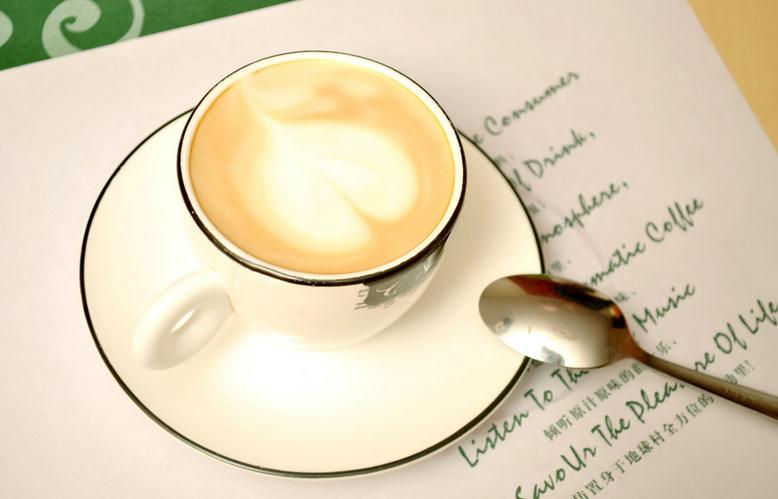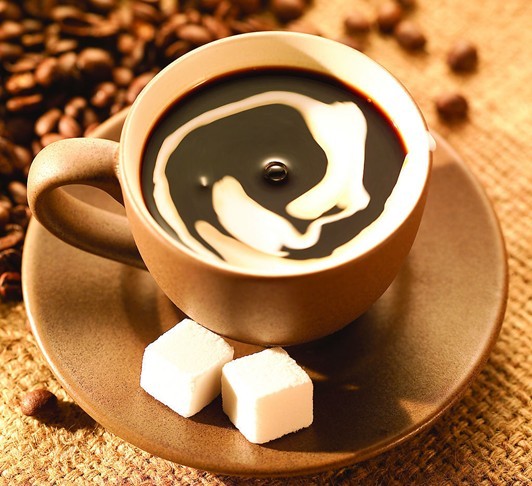Yerga Shefi Adoka Flavor Yerga Shefi Adoka Features Yerga Shefi Adoka
In September 1974, a group of young and strong officers formed the "Coordination Committee of the Army, Police and Local Forces" (that is, DERGUE, meaning SHADOW, and later generally referred to the junta and the Mengistu regime) to launch a military coup, overthrowing the Haier Selassie government and announcing the end of monarchy and the establishment of a "interim junta." In November, the "interim military government" was changed to "interim military Administrative Council". In December, the interim military Administrative Council declared Ethiopia a "socialist country" with the nationalization of land, financial and financial institutions and industry. In March 1988, the rebel "Eritrean people's Liberation Front" (EPLF) and the "Tigre people's Liberation Front" (TPLF) launched attacks on government forces and a large-scale civil war broke out. In 1989, the Eritrean people's Liberation Front occupied most of Eritrea. On 28 May 1991, EGF troops, mainly the Tigre people's Liberation Front, entered Addis Ababa and the Mengistu regime disintegrated in December 1994 and formulated the Constitution of the Federal Democratic Republic of Ethiopia. According to the Constitution, Ethiopia will implement a federal system and a parliamentary cabinet system after the general election for a term of five years. After the national election in May 1995, the Federal Democratic Republic of Ethiopia was established on August 22, and Meles became prime minister in her capacity as chairman of the majority party of the people's House of Representatives. On May 14, 2000, Ethiopia held a national election, and EGF defeated other opposition parties by an absolute majority to stay in power. In October, the new federal parliament and government were established, and the speakers of both houses and Prime Minister Meles were re-elected, and the original cabinet also remained in office with the approval of the parliament. In October 2001, May readjusted government institutions and reshuffled the cabinet, adding the Ministry of Youth, Sports and Culture and the Ministry of Taxation, and set up a new cabinet composed of 18 ministers in Ethiopia, mainly the mountain plateau, the main part of the Ethiopian plateau, the central and western part of the plateau, accounting for 2x3 of the whole territory, the East African Rift Valley runs through the whole territory, with an average elevation of nearly 3000 meters, known as the "roof of Africa". The terrain around the plateau is gradually declining. The Darol depression in the north fell to 113 meters below sea level, the lowest point in the country. The coast of the Red Sea is a narrow banded plain. Deserts and semi-deserts in the north, south and north-east account for about 25% of the country's area. At 4623 meters above sea level, Dashan Peak in the Ximen Mountains is the highest peak in Ethiopia.
Yega Xuefei's coffee trees were planted by monks in Europe and later transferred to farmers or cooperatives. Yega Xuefei is actually constructed by the surrounding coffee communities or cooperatives, including: Hafusha, Hama, Biloya.
These mountain villages are foggy, like spring all year round, with a gentle breeze in summer, cool but not hot, rain but not damp, and no cold damage in winter, giving birth to a unique regional flavor of citrus and flowers. Coffee trees are mostly planted in farmers' backyards or mixed with other crops in the fields. Ethiopia's Yirgacheffe coffee, though petite, is gentle and sweet. As the hometown of coffee, thousands of years of planting history and processing tradition in Ethiopia have created high-quality washed Arabica beans. Light baking has unique sweet aromas of lemon, flowers and honey, soft acidity and citrus flavors, fresh and bright on the palate. No milk or sugar, let the rich texture and unique soft flower scent brush your taste buds, leaving an endless aftertaste.
Yega Xuefei is a small town, 700-21000 meters above sea level, synonymous with Ethiopian boutique coffee. It has been a wetland since ancient times. The ancient saying "Yirga" means "settle down" and "Cheffe" means "wetland". The mode of production and flavor of coffee here are so outstanding that Ethiopian coffee farmers compete to be proud of the flavor of their own coffee. To become the most famous coffee producing area in Africa, Ethiopia's Yirgacheffe coffee is delicate, delicate and sweet. As the hometown of coffee, thousands of years of planting history and processing tradition in Ethiopia have created high-quality washed Arabica beans. Light baking has unique sweet aromas of lemon, flowers and honey, soft acidity and citrus flavors, fresh and bright on the palate. Without milk or sugar, let the rich texture and unique soft scent of flowers brush through your taste buds, leaving an endless aftertaste. Yega Xuefei's coffee tree was planted by European monks (a bit like Belgian monks growing wheat to brew beer). Later, it was transferred to farmers or cooperatives. Yejia Chuefei is actually constructed by surrounding coffee communities or cooperatives, including Edido IDIDO, Hafusa HARFUSA, Hama HAMA and Biloya near Fog Valley MISTY VALLEY, all washed with water, but there are also a small number of off-product beans engraved with sun to enhance the charming fruit aroma and mellow thickness. These mountain villages are foggy, like spring all year round, with a gentle breeze in summer, cool but not hot, rain but not damp, and no cold damage in winter, giving birth to a unique regional flavor of citrus and flowers. Coffee trees are mostly planted in farmers' own backyard or mixed with other crops in the field, the yield per household is not much, it is a typical rural coffee. Yega Xuefei won the prize beans almost from the above-mentioned coffee villages and communities. The so-called "Yega Chuefei" refers to the strong aromas of jasmine, lemon or lime acid, as well as peach, almond or tea. On the other hand, the smell of blueberries is particularly prominent this season, and the room is full of blueberries after grinding. The phrase "coffee entrance, flowers in full bloom" is best described, just as flowers promote the comfort of taste buds and olfactory cells in the nasal cavity. In addition to the fragrance of flowers, the delicate thickness of BODY, like silk massage in the mouth, feels wonderful. At present, many coffee chemists begin to study the microclimate and soil and water around Yega Xuefei, in order to sum up the planting equation of fine coffee.

Important Notice :
前街咖啡 FrontStreet Coffee has moved to new addredd:
FrontStreet Coffee Address: 315,Donghua East Road,GuangZhou
Tel:020 38364473
- Prev

Banqi Maggie Coffee Flavor Banqi Maggie Coffee characteristics
Bench Maji, located in southwestern Ethiopia and not far from neighboring Sudan, is easy to find using Google map. Although the flavor of Banchimaji Gesha Estate is different from that of Panamanian Geisha, it is still worth tasting. It is rare in many regions of Ethiopia, because of its varied flavor of spices and fruits.
- Next

Yerga Sheffield Coffee Flavor Yerga Sheffield Coffee Features Yerga Sheffield Coffee Taste
Ethiopia's Yirgacheffe coffee is petite, but gentle and sweet. As the home of coffee, Ethiopia's millennia of growing and processing traditions have resulted in high-quality washed Arabica beans. Light baked with unique lemon, floral and honey sweet aromas, soft fruit acids and citrus notes, fresh and bright taste. not
Related
- Detailed explanation of Jadeite planting Land in Panamanian Jadeite Manor introduction to the grading system of Jadeite competitive bidding, Red bid, Green bid and Rose Summer
- Story of Coffee planting in Brenka region of Costa Rica Stonehenge Manor anaerobic heavy honey treatment of flavor mouth
- What's on the barrel of Blue Mountain Coffee beans?
- Can American coffee also pull flowers? How to use hot American style to pull out a good-looking pattern?
- Can you make a cold extract with coffee beans? What is the right proportion for cold-extracted coffee formula?
- Indonesian PWN Gold Mandrine Coffee Origin Features Flavor How to Chong? Mandolin coffee is American.
- A brief introduction to the flavor characteristics of Brazilian yellow bourbon coffee beans
- What is the effect of different water quality on the flavor of cold-extracted coffee? What kind of water is best for brewing coffee?
- Why do you think of Rose Summer whenever you mention Panamanian coffee?
- Introduction to the characteristics of authentic blue mountain coffee bean producing areas? What is the CIB Coffee Authority in Jamaica?

